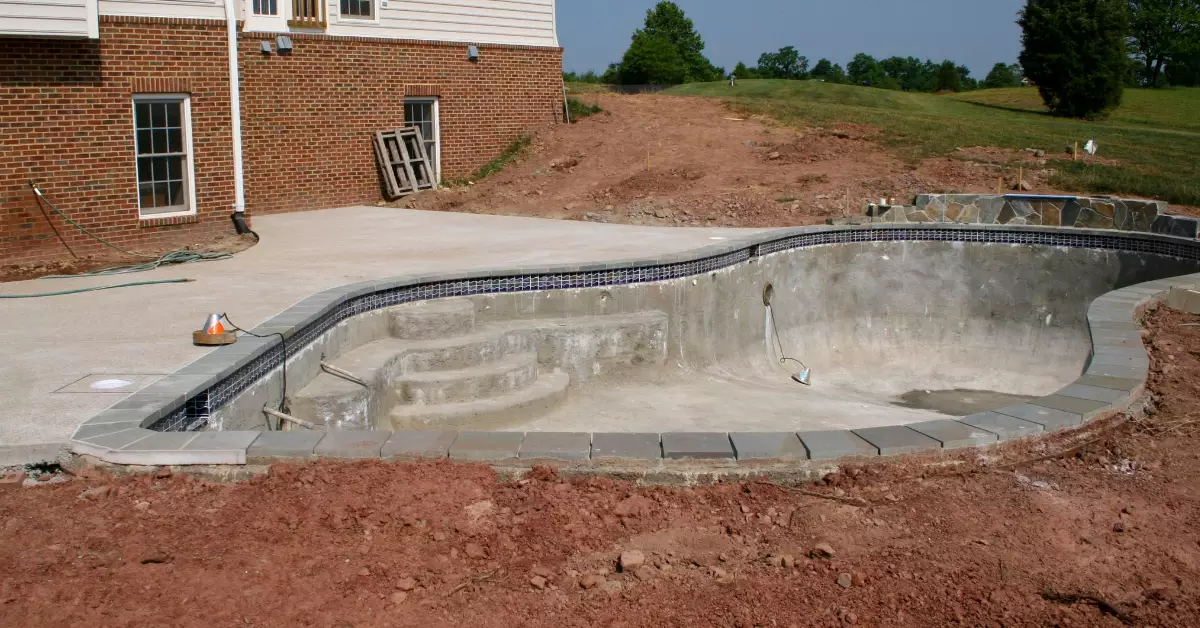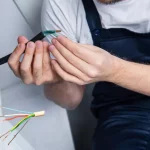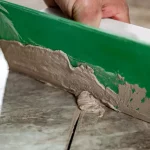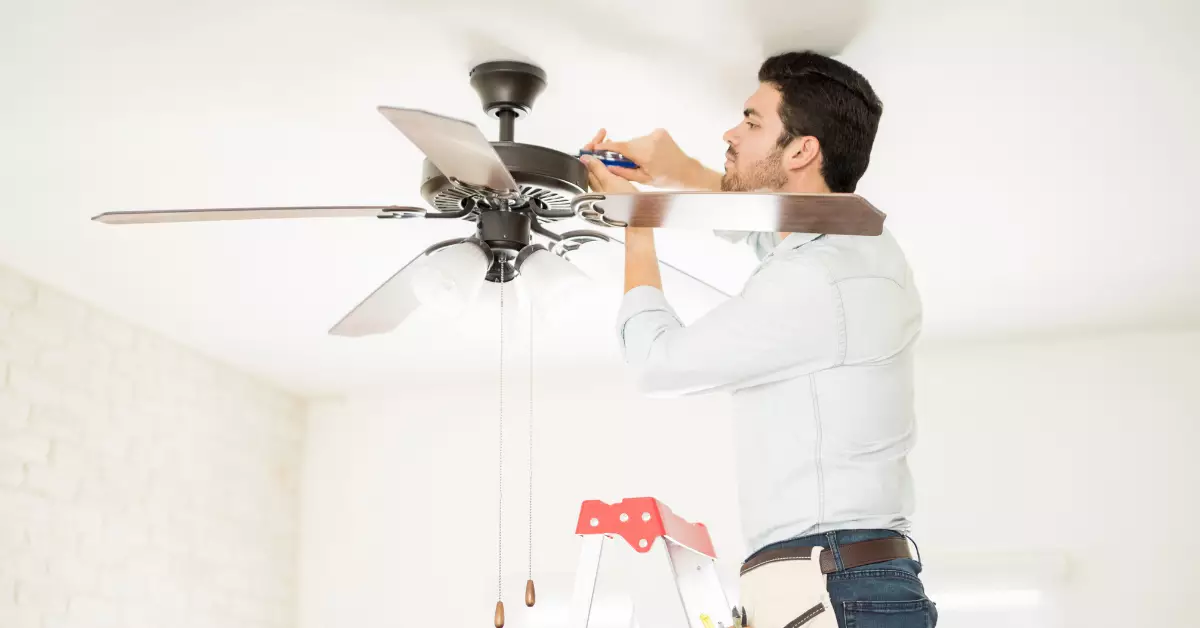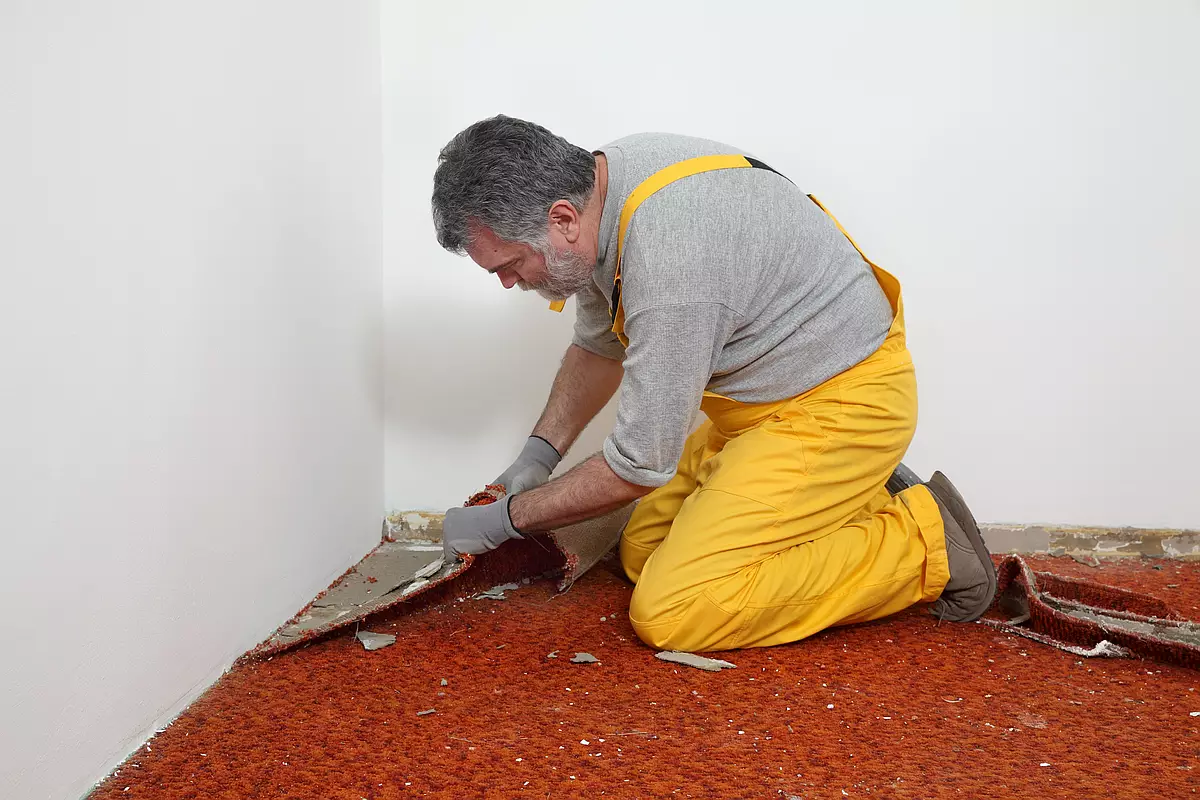Gunite swimming pools are very popular because you can be confident they’re extremely resistant to weather. Hence, you can’t blame yourself if you would want one in your home. After all, swimming is a great way to relax and burn calories at the same time.
This type of swimming pool also looks great so you would feel confident in inviting your friends over and making memories that will last a lifetime. This article will educate you on how to make a gunite pool. Here are the steps for building a gunite swimming pool:
Think of the Design
There is no doubt a lot of factors will affect the overall design of the swimming pool including the shape and size. As a result, you can use your creativity and get suggestions from other people living in the house.
Also, keep in mind the position where you build the swimming pool will have a long-lasting impact so better think long and hard about that. Once you do a little research, you will realize that there are just too many pool designs to choose from.
Mark Off the Pool Location
By this time, the location of the pool should be final. Besides, it will be costly if you ever want to change the location in the future. Better use a marker that is visible enough so when it rains, you should still see where the pool will be made.
Don’t forget to take into account where the sun would shine while you are deciding where to put the swimming pool in your place.
Dig the Pool
While digging the hole, remember that it must be one foot less than the actual height of the pool. This is to allow room for the foundation of the pool.
It is evident you will need the help of many people because digging by yourself would cost you a lot of time. As a result, you should just make it short and sweet by hiring the right people for the job.
Install Electricity and Plumbing
This is the part when you must install the PVC pipe because it plays a huge role in putting water into the pool. Also, you would need electricity for the gunite pool to run properly. If you plan to heat the pool then you most probably need gas.
Depending on your geographical location, there might be times when you would want a warm pool when the weather is a bit cold. It is important to have consistent communication with your pool contractor while these things are being installed. After all, you would want to be regularly updated with the latest about the gunite swimming pool so that you know how long before it is done.
Install Rebar
You should base the rebar frame according to your local city’s codes. The rebar frame is important because it will prevent any strong weather conditions from shortening the lifespan of the pool. With the rebar, you can feel confident about the pool lasting a pretty long time so it will be a while before you would encounter any repairs.
At this point, you should also install the ledges and stairs. Additionally, if applicable, this is often when the local inspector signs off on the making of the pool.
Spray Gunite
Normally this is the part when the concrete trucks arrive at the scene and spray gunite onto the rebar grid. Expect this process to take up some time.
Put the Finishing Touches
The finish of the pool plays a significant part in its overall look. Hence, better do your research with regards to several looks of different gunite pools all over the world. After you make your call, you should tell the contractor and they will also give you any advice needed. If possible, look at what the finish looks like in other weather conditions than a clear sunny summer sky.
Put Coping Around the Pool
The edge you install around the swimming pool serves as the coping. This definitely plays a huge role in determining whether or not you will be satisfied with the overall look of the gunite pool.
Fill the Pool with Water
This is the time when you must fill up the pool with water. You can also add the markings according to the height of the pool per area so that swimmers won’t get confused.
Add Necessary Chemicals
Keep in mind that the water must be cleaned regularly. After all, various things affect the overall water condition of the gunite swimming pool. It is common to think chlorine is a chemical that is always put in swimming pools in order to kill germs. Hence, that should be the first chemical in your mind. After all, the germs can cause viruses especially when the water gets into your ear.
Don’t forget to conduct a health test for each chemical that you put in the water before any person ever decides to enter the swimming pool. In general, it is a good idea to test the water quality on a regular basis, consider this part of regular maintenance.
Final Thoughts
Now that you know how to make a gunite swimming pool, make sure you are equipped with the right materials. Also, you should set a budget for the making of the pool.
Since it is not a small undertaking hiring a contractor rather than doing it yourself is probably best. In fact, you will be surprised at how fast your new pool can be realized if you employ a hardworking contractor to get the job done.

